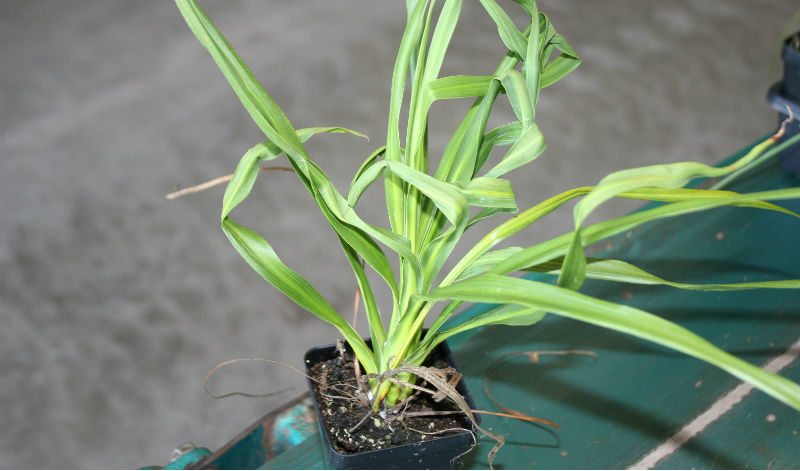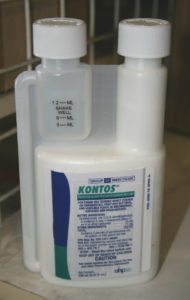
Lipid Biosynthesis Inhibitors (IRAC GROUP 23)
Answer: The mode of action of group 23 is affiliated with the inhibition of acetyl CoA carboxylase, which is an enzyme responsible for controlling fatty acid metabolism or enhancing the initial step in fatty acid biosynthesis or degradation. The two active ingredients and associated products that are in group 23 are spiromesifen (Savate) and spirotetramat (Kontos). They are tetronic (spiromesifen) and tetramic (spirotetramat) derivatives that inhibit lipid biosynthesis, thus halting the development of the immature stages (larvae and nymphs) of certain insect and mite pests. They may also reduce the reproductive ability of mite and whitefly females.

Spiromesifen [Savate; formerly Judo (Figure 1)] is labeled for use against the twospotted spider mite (Tetranychus urticae), broad mite (Polyphagotarsonemus latus), cyclamen mite (Phytonemus pallidus) and whiteflies. The pesticide has translaminar and contact activity. In addition to directly affecting the immature life stages, spiromesifen will also reduce the number of eggs laid by mite and whitefly females. Furthermore, spiromesifen has ovicidal (egg-killing) activity affiliated with mites and may reduce egg hatch if whitefly adults are exposed to applications of spiromesifen.
The restricted entry interval (REI) is 12 hours and labeled rates vary depending on the target pest. For instance, the rate for mites is 1.0 to 4.0 fluid ounces/100 gallons whereas the rate for whiteflies is 2.0 to 4.0 fluid ounces/100 gallons. Spiromesifen should not be used on geranium (Pelargonium spp.), peperomia, dracaena (Figure 2, top image), and some rose (Rosa spp.) varieties due to potential phytotoxicity.

Spirotetramat (Kontos) (Figure 3) is labeled for use on aphids, leafhoppers, mealybugs, psyllids, scales, spider mites, broad mite, cyclamen mite, thrips (larvae) and whiteflies. Spirotetramat can reduce the reproductive ability of aphids and whiteflies. The REI is 24 hours and the label rate is 1.7 to 3.4 fluid ounces/100 gallons. Spirotetramat has contact, translaminar and systemic activity. It is one of the few systemic pesticides that moves both upward (acropetal) and downward (basipetal) within the vascular system (xylem and phloem) of plants. However, due to the low water solubility (29 ppm), spirotetramat must be applied before insect and mite pests are actually present. Similar to spiromesifen, spirotetramat is more active on the immature life stages than adults.
Always read the label of both pesticides prior to use.
Raymond A. Cloyd is professor and extension specialist in horticultural entomology/plant protection at Kansas State University. He can be reached at rcloyd@ksu.edu.


 Video Library
Video Library 




















